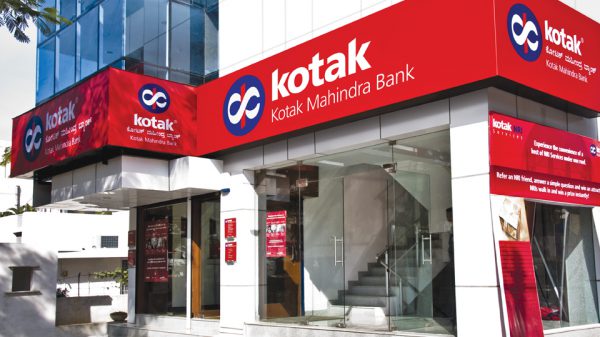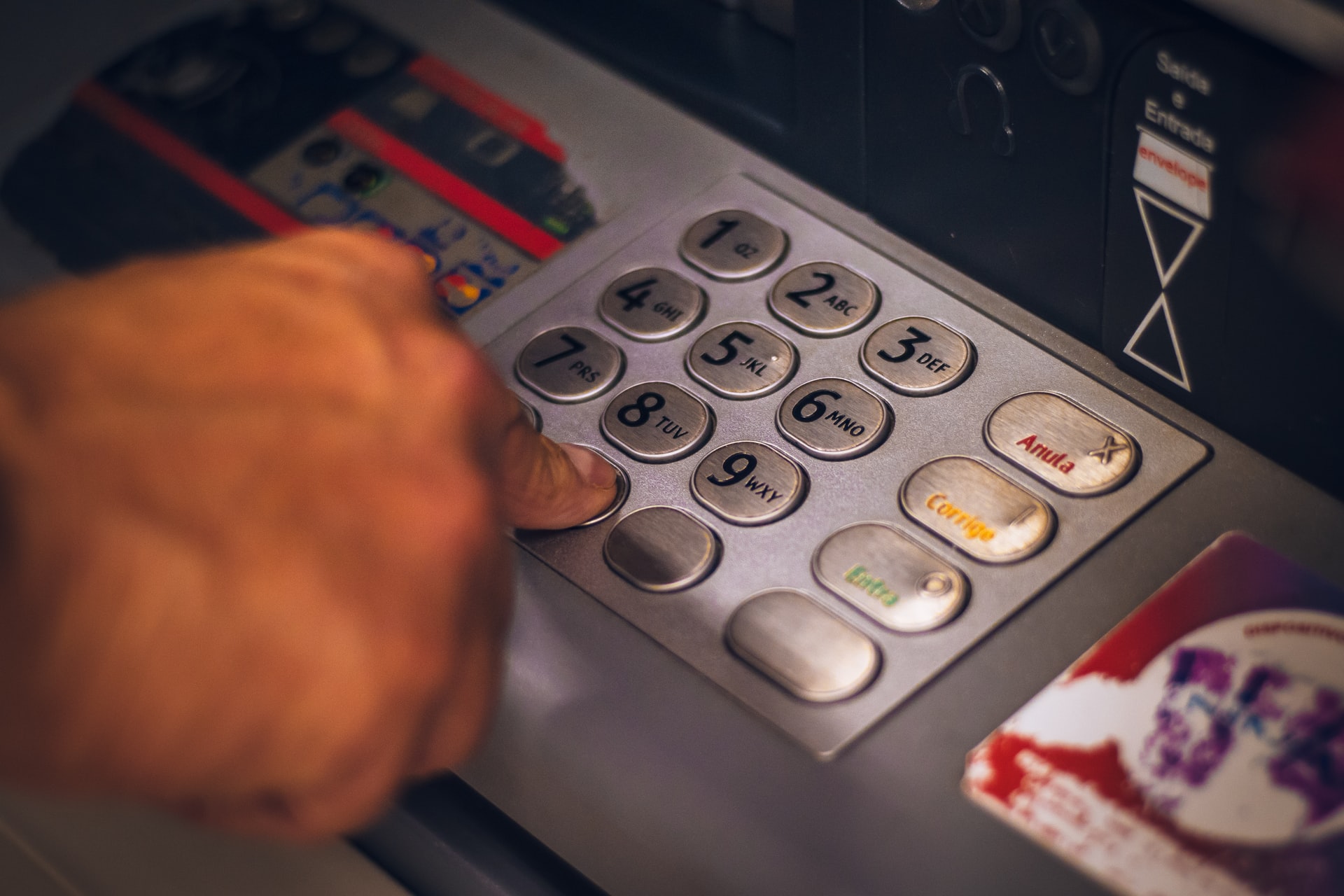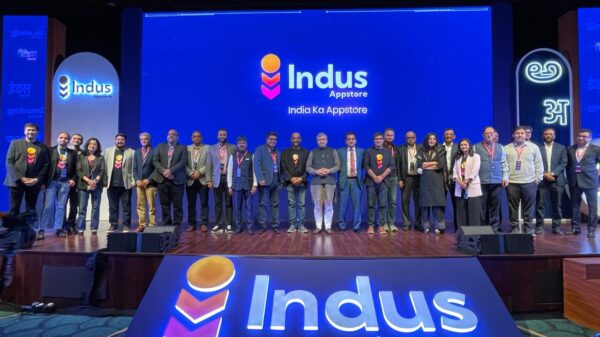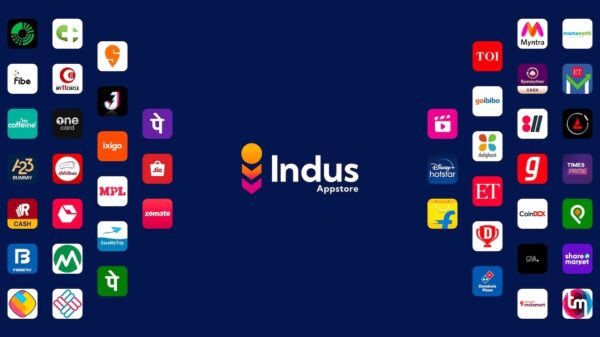Some of India's leading startups, fintechs, large banks and corporates, alongside a few global financial giants and tech companies, have come together, all to grab a piece of India's burgeoning payments market. Soon, the Reserve Bank of India (RBI) may grant some of them their wish to build and scale new ways for Indian consumers to transact. While cash remains the dominant form of making transactions in the country, over the last few years the number of consumers and merchants transacting digitally has grown exponentially. This has to do with two factors — one the falling cost of data and access to smartphones which enable digital transactions and the second, the increased access to financial services like bank accounts and credit. According to Credit Suisse, digital payments in India now clock an annual payment run-rate of $450 billion and constitute 30% of all retail transactions from 10% in 2018. What is the NPCI? In 2008, the RBI together with the Indian Banks' Association decided to create a separate entity which would be responsible of maintaining and operating specific digital payments systems. The entity, called the National Payments Corporation of India (NPCI), would be independent of the regulator and banks, developing new payments methods based on a common standard for the entire financial system. Over the years, the NPCI has developed several new ways of processing payments digitally. It operates 10 payment platforms or rails at present: RuPay cards: debit and credit card network and switch Unified Payments Interface: a bank…





























